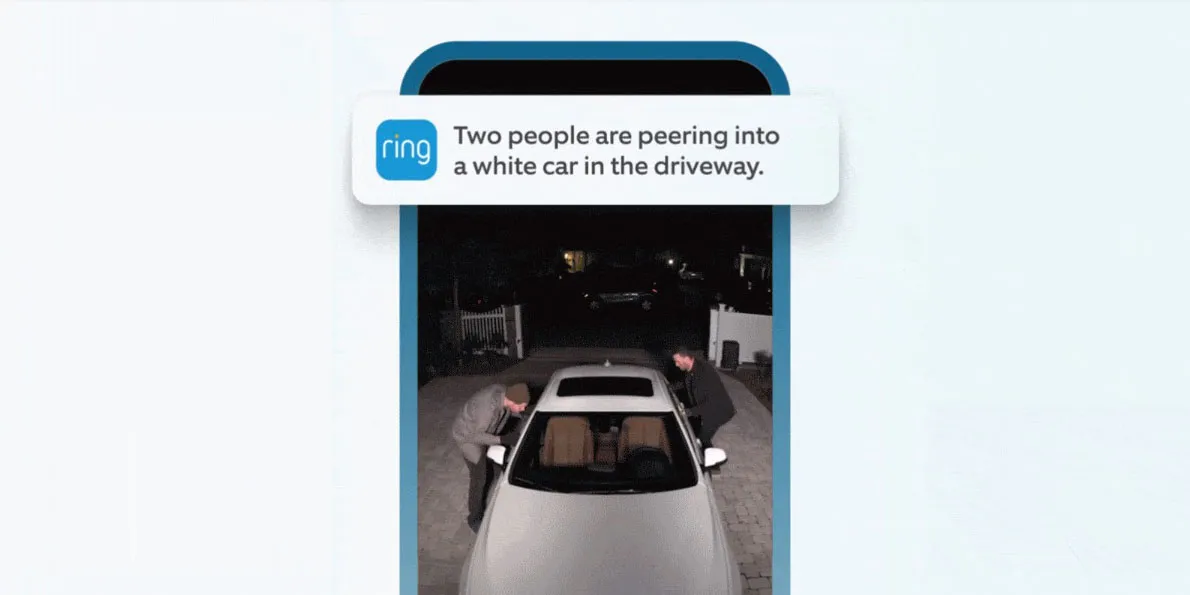YouTube is implementing a significant policy update aimed at strengthening protections for minors on its platform. Starting July 22, the minimum age for live-streaming will be raised from 13 to 16 years old. This move marks a notable shift in how the platform regulates youth participation in real-time content creation, particularly as concerns around child safety and online exposure continue to grow.
Under the new rules, users under 16 will no longer be allowed to host live streams on their own unless they are supervised by an adult. Supervision means more than just off-screen guidance; the adult must be present and visible on camera throughout the stream. Additionally, for children participating in an adult-owned channel’s live stream, the adult must have administrative access to that channel and engage directly in the broadcast.
If these guidelines are not met, YouTube may take a range of enforcement actions, including disabling live chat, removing the live stream, or suspending the account’s ability to stream altogether. These steps are part of a broader effort by Google to reduce risks of exploitation, harassment, and other harmful interactions involving underage users.
YouTube has long faced scrutiny over how it handles content involving minors. The platform’s decision to increase the live-streaming age threshold comes after years of regulatory pressure and significant fines tied to violations of children’s privacy laws. While the new policy introduces clearer boundaries for youth content creators, its actual effectiveness may hinge on more rigorous age verification systems, something that remains a weak point across most online platforms.
Despite these new measures, there’s a general acknowledgment that tech-savvy minors often find workarounds, whether by misrepresenting their age or by using adult accounts. As such, many observers argue that meaningful child protection online will require not just internal policy changes, but also stronger legal and regulatory frameworks to enforce them.





